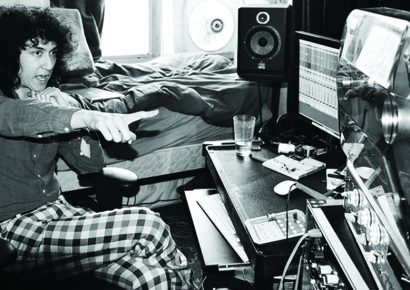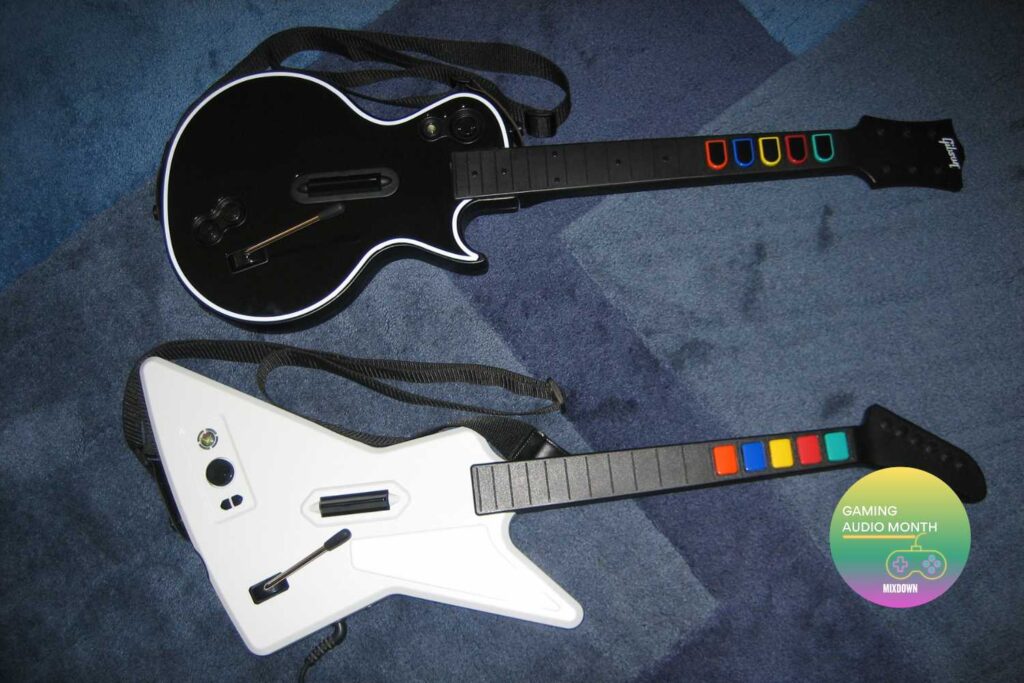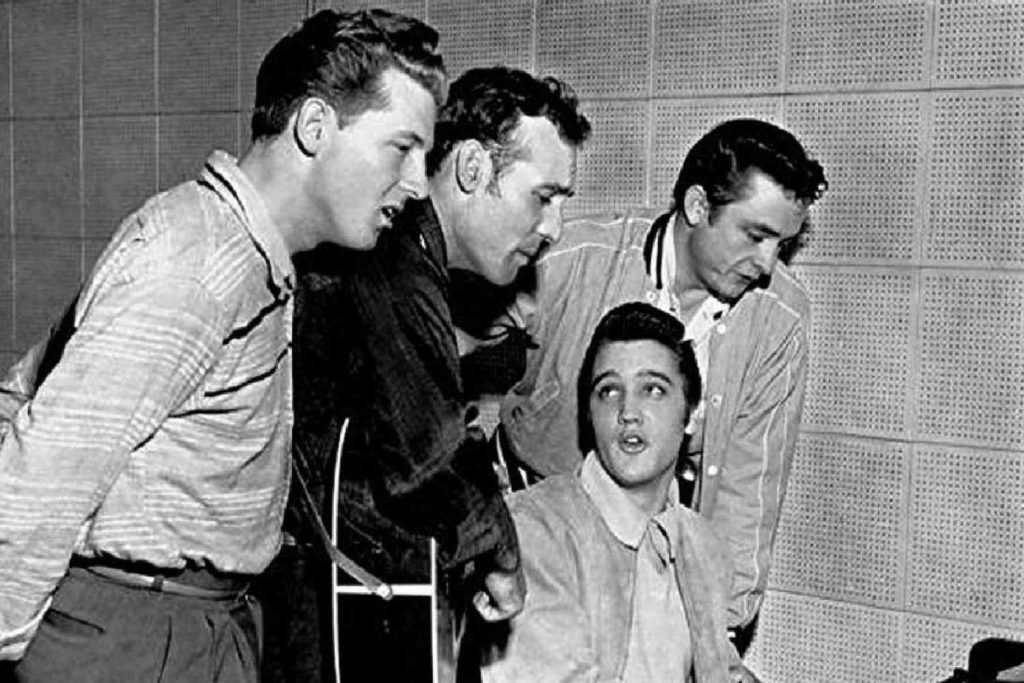
Fairly familiar to the ear it has some nice, typical movement. How about we try and change the sound a little and just pedal G for the whole four bars? Figure B shows this idea. It might be a little hard to hear/get the idea by yourself so you might need to enlist a guitar or keys playing mate or try inputting the chords into a play along type online program or app. But to give you an idea, all of a sudden it feels like the chords are moving but the repeated G note in the bass creates a feeling of stability and familiarity. This is great for the verse and the longer the four bar section repeats, the more tension it creates, as you want it to change and move somewhere else.

So how about making Figure B our Verse with the G pedal note keeping some stability to the chord changes and then when the tension has risen and we’re building towards the chorus we hit Figure A and there’s a big release as the bass also joins the progression. Of course you can try this with different chord progressions, sections and styles. You’ll often hear these type of ideas in jazz when someone is improvising. The bass player creates tension (sometimes at the very start of the solo or quite a way in and is building towards the pinnacle) by predominantly pedalling one note or chord to create tension that is then released when they feel/hear it appropriate.

Figure C brings up another technique. Try playing it with a medium funk shuffle groove getting some nice bouncy quavers (think old school soul or more modern like D’Angelo). Again, a fairly typical pop/R&B/soul chord progression with the bass just playing root notes. Figure D then changes it up a touch by half stepping (side stepping) from a semitone below on the first beat of Bar one. Bar two stays the same but then we use the idea of a half step again in Bar three. Bar four has the most movement but rather than just following Em and A with root notes we’ve gone for A#/Bb on Beats 3 + before dropping back to A natural. This is fairly subtle but again creates some extra tension and movement compared to Figure C. If the chords in Figure D (guitar or keys) were busier (playing quavers or even crotchets) and matching the bass part it would probably be too much and sound a little cheesy. With the bass part using this side stepping idea however it creates a little bit of tension in the sound before its released/resolved to the root note a semi tone away.

This is a super brief intro to these kinds of ideas. There are plenty of ways to create tension, rhythmically too as well as harmonically, so just start with some easy examples as outlined here and we’ll get into some more involved options next month. Again, these can be used in all styles and it’s up to you and you using your ear to make them work.







